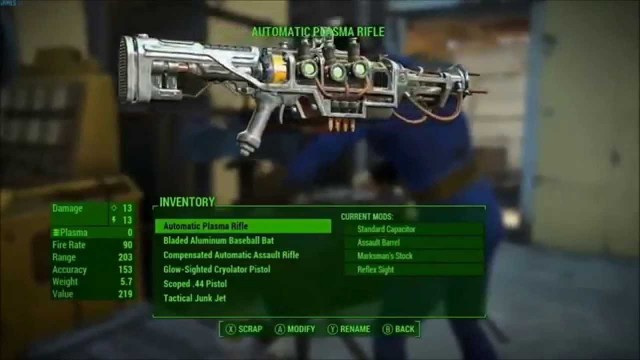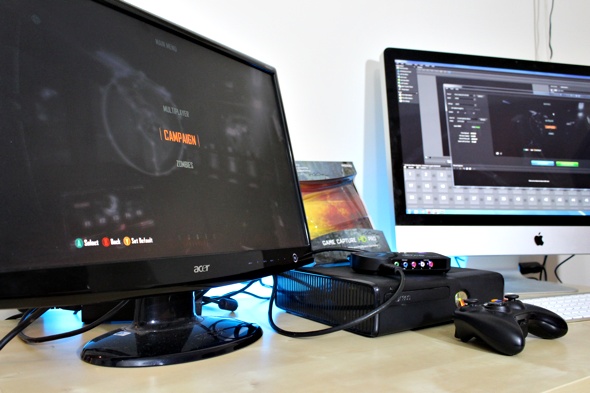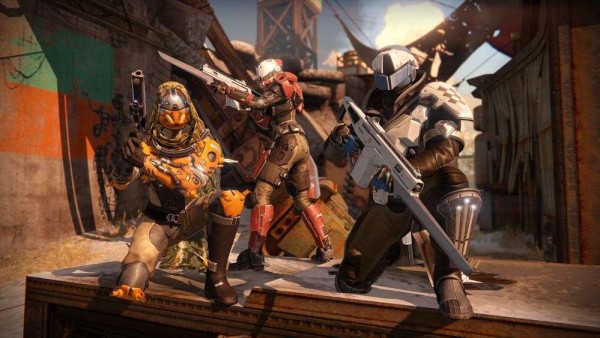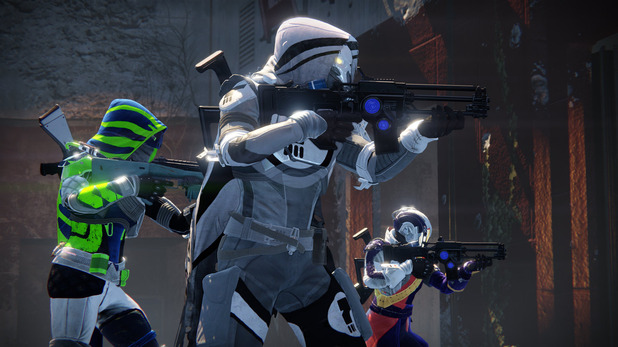

I don't even have to touch the mouse during the best parts of Defense Grid 2. I just enjoy the payoff for all the hard work that came before. I studied the types of aliens trying to steal my cores and the ideal way to route them. I preconfigured my cannons with flak ammo that makes confetti out of big packs of Swarmers. I boosted my back row of guns and upgraded them to the max level.
These aliens think they're going to war, but they're really stepping into a giant blender. I've made my calculations, the right choices, paid close attention in the early waves where the placement of every tower can make the difference between a gold medal and abject failure. Now I get to sit back, watch, and enjoy the massacre.
It's glorious. My laser towers are beaming glowing red death at Holo Walkers, burning them up like ants under a magnifying glass. My gun towers are spinning constantly, fountains of fire and bullets. Every tower sounds and looks like it was worth building, and 20 towers sound as hectic as I want them to compared to 10. I can hear and see what every single one of them is doing—my temporal towers transmit blue radar blips that slow down the aliens while my cannon towers exhale plumes of smoke as they tear them to shreds.
Defense Grid 2 isn't doing anything I haven't seen in previous tower defense games, but it does it all so well. It doles out little rewards at a devious pace, keeping me glued to my desk. There's always something new to see or play with: the next tower, upgrade, seeing how the wave next wave unfolds or what the new planet looks like.
One of the biggest problems with any tower defense game is that you often don't know you've set up your towers the wrong way until it's too late, and since progress is made at the enemy's pace, it can take a long time to implement what you've learned. Defense Grid 2 lets me go one wave back each time I press backspace. It takes a second. It turns failures into opportunities to experiment with new strategies rather than opportunities to stop playing.
It's not a big problem, but Defense Grid 2 has a few of the limitations of a console game. The camera, for instance, is tied to the cursor, which would makes a lot of sense if you we're playing with a controller, and you can if you want to. However, on PC, it makes more sense to have a free floating cursor that I can move from tower to tower quickly, while keeping the camera stationary.
Up close, Defense Grid 2 also looks a little jagged, and it doesn't offer anti-aliasing and other options in the graphics settings, but it didn't bother me since I played it entirely from a far away, bird's-eye perspective. It did bother me, however, that the aliens themselves are boring. They all look like some variation of a bipedal tadpole, and I mostly told them apart by size or color. The design for them is so plain, it inadvertently makes the game a little harder because I couldn't always tell them apart and prepare accordingly.
That blandness stands out in contrast to the story, which is a lost-and-found box of silly ideas. I honestly wouldn't be able to tell you what the plot is, such as it is. It's more about the irreverent tone and my team of very personable AI modules that grows from planet to planet. The lighthearted bickering between my dismissive British AI and malfunctioning AI—who speaks in word salads—is well voice-acted, and displays a kind of glee celebrating how silly the very notion of a tower defense game story is. What's important is that they entertained me while I was butchering aliens, and gave the game a friendly personality I liked spending time with.
Another way that Defense Grid 2 stays interesting is with well-designed level layouts. It alternates between grids where tower placement directs the flow of aliens, and more rigid layouts, which made me realize how effective fully upgraded long range missile towers are on seemingly useless tiles.
Flexible difficulty settings and high scores made Defense Grid 2 as difficult as I wanted it to be at any moment, so it never got frustrating or too easy. And no matter what kind of challenge I was looking for, it was always fun to tinker with. I'd tell myself I just wanted to see what the next level looked like, but then I'd start poking at it. I'd figure out how to make the aliens' trip twice as long by blocking a tiny path, or how to get the most out of my flamethrowing inferno towers right where the aliens emerge. Before I knew it, an hour had passed and I was trying to crack wave 22.
After 14 hours with DG2, I still find better ways to snake the alien's path or prepare in the first waves. With multiple difficulty levels, an easy-to-use cooperative mode, and a level editor, 14 hours could easily turn into 100. It's a great tower defense game and nothing more, but it hooked me in a way that more ambitious games rarely do.
THE VERDICT



 How To Capture And Stream Video Games From A Console
How To Capture And Stream Video Games From A Console How to Search Facebook - and Find Just About Anything!
How to Search Facebook - and Find Just About Anything! Destiny House of Wolves Guide: Prison of Elders Treasure Chest Loot Explained
Destiny House of Wolves Guide: Prison of Elders Treasure Chest Loot Explained List of All Star Cards and its Use in Star Wars Battlefront
List of All Star Cards and its Use in Star Wars Battlefront Destiny: The Taken King - How to use the Titan Sunbreaker Hammer of Sol Glitch
Destiny: The Taken King - How to use the Titan Sunbreaker Hammer of Sol Glitch